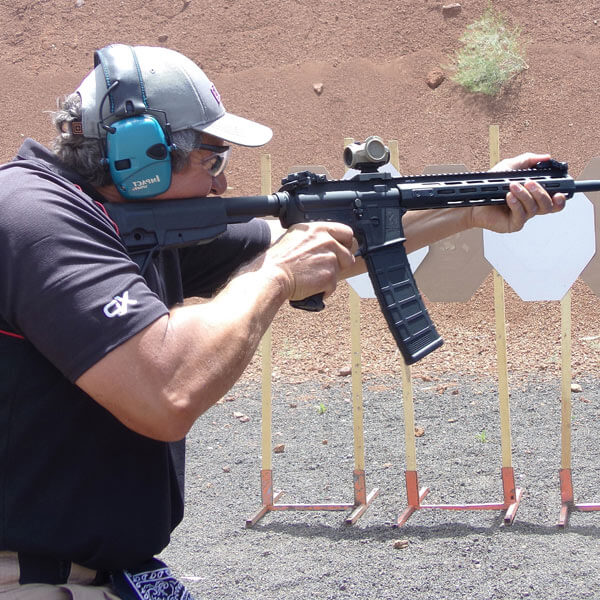How to Handle a Traffic Stop While Carrying a Concealed Handgun
June 20th, 2019
8 minute read
In this article, former law enforcement officer Ivan Gelo describes his preferred approach to safely interact with a police officer during a traffic stop while you are carrying a concealed firearm. The information presented here is his approach and is intended to create conversation on the subject. The laws of your state are likely different than his and no two situations are ever the same. We recommend you speak with an attorney in your jurisdiction for definitive advice on carrying a firearm.
Vehicle registrations expire, tail lights burn out, turn signals aren’t always used, drivers speed — knowingly or unknowingly. Life happens, distractions happen, violations happen. In return, police traffic stops happen.
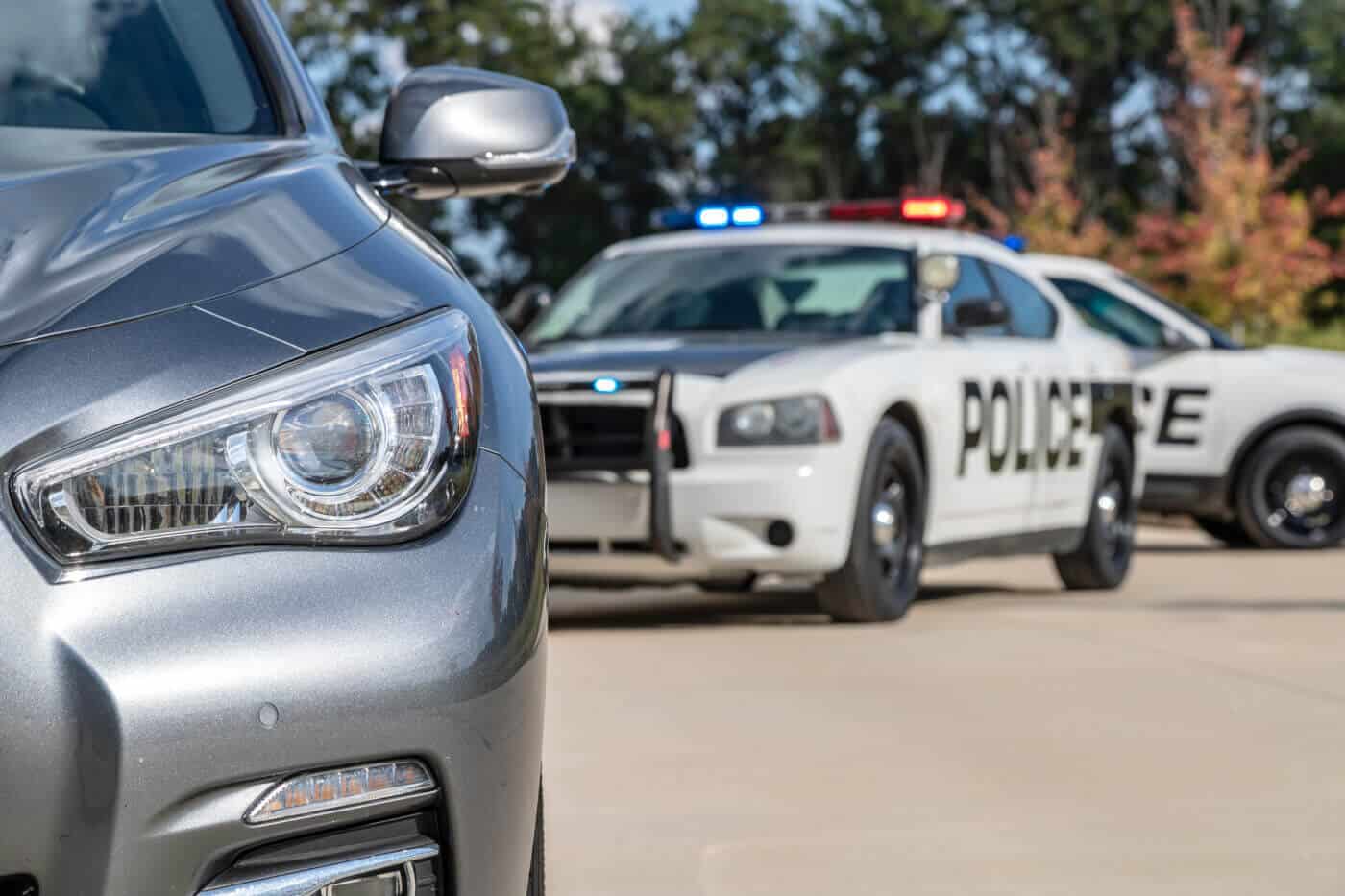
As a former LE agent, I am familiar with both sides of the coin of a stop. In this article, I hope to share my insights and thoughts on what you can do to stay safe during a traffic stop.
Police Expectations on a Traffic Stop
Every police officer is shown countless videos where an officer is shot during a “routine” traffic stop. The majority of these incidents unfold very quickly and violently. You can go on YouTube and see many of these same videos. Put yourself in the officers’ shoes and try to imagine preparing for the possibility of a sudden, lethal attack.
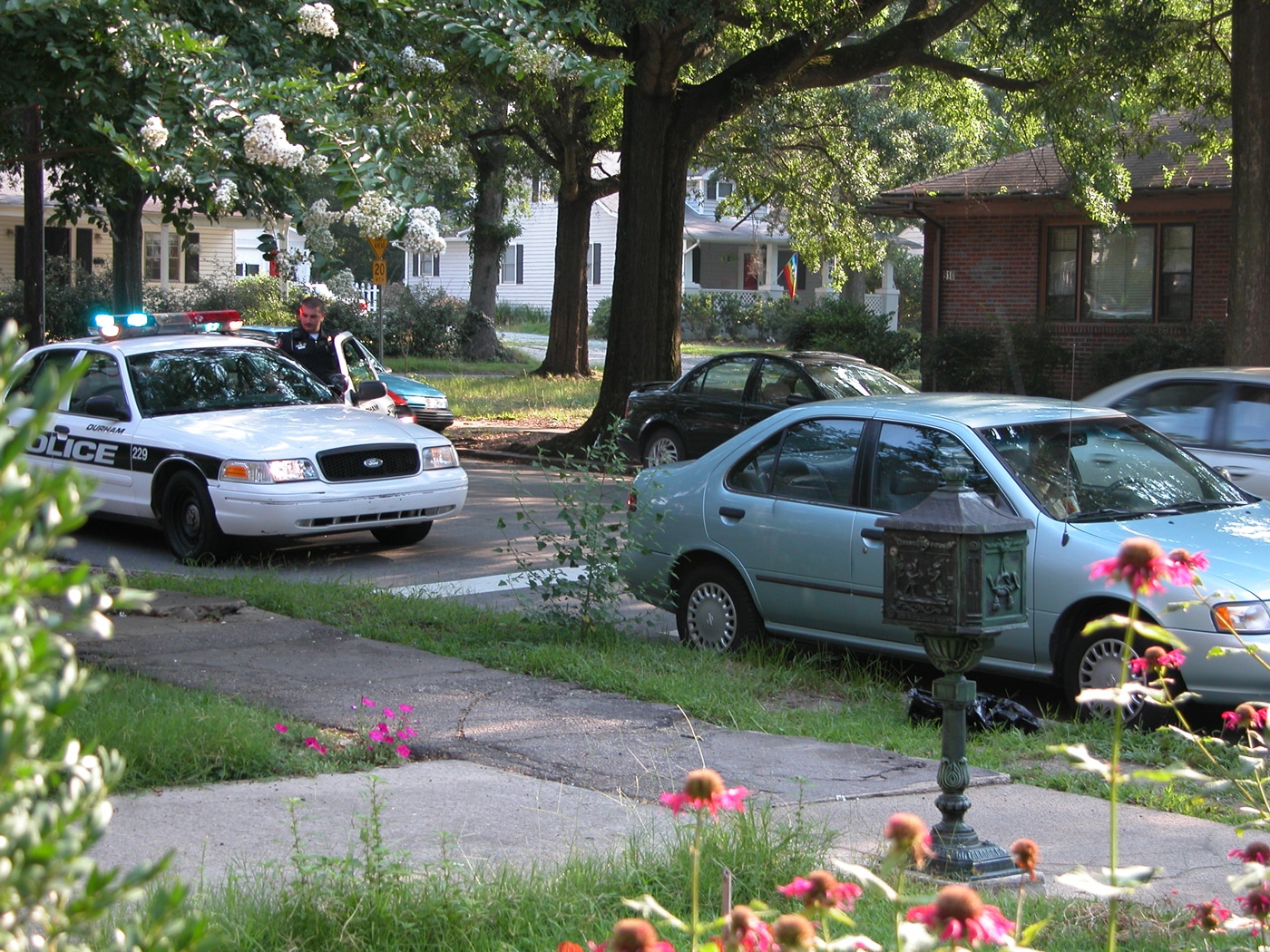
The officer who is professional and experienced, makes these contacts cautiously (with good reason) and with purpose. Officers know that the majority of the citizens they encounter are not a threat. The problem is criminals look much the same as any other citizen.
Upon approach of the vehicle and during contact, the officer wants to see as much of the passenger compartment as possible and is cautiously aware of the hands of the occupants.
Windows Down and Light It Up
You can assist with the de-escalation of any contact by giving the officer as much exterior visibility access by:
- Rolling down at least the driver’s side window prior to their approach. You should also consider rolling down the passenger side window as many officers will approach from that side to avoid being struck by a passing car. If you have tinted windows, consider lowering your rear windows also.
- Remaining seated in your vehicle. Also, keep your seatbelt on.
- Being patient — the officer might be checking the status of your vehicle and confirming the vehicle registration information prior to approaching your car.
- Turning on dome lights at dusk and at night. This will help with visibility and give the officer the sense that you are a respectful and law-abiding citizen.
- Turn off your stereo. It’s loud enough with passing cars. If the officer has to shout to be heard, that unnecessarily creates tension.
Hands Visible
After rolling the windows down, a good practice is to rest both hands on the very top of the steering wheel (11 and 1), allowing them to be plainly visible. Keep them there until directed to do otherwise.
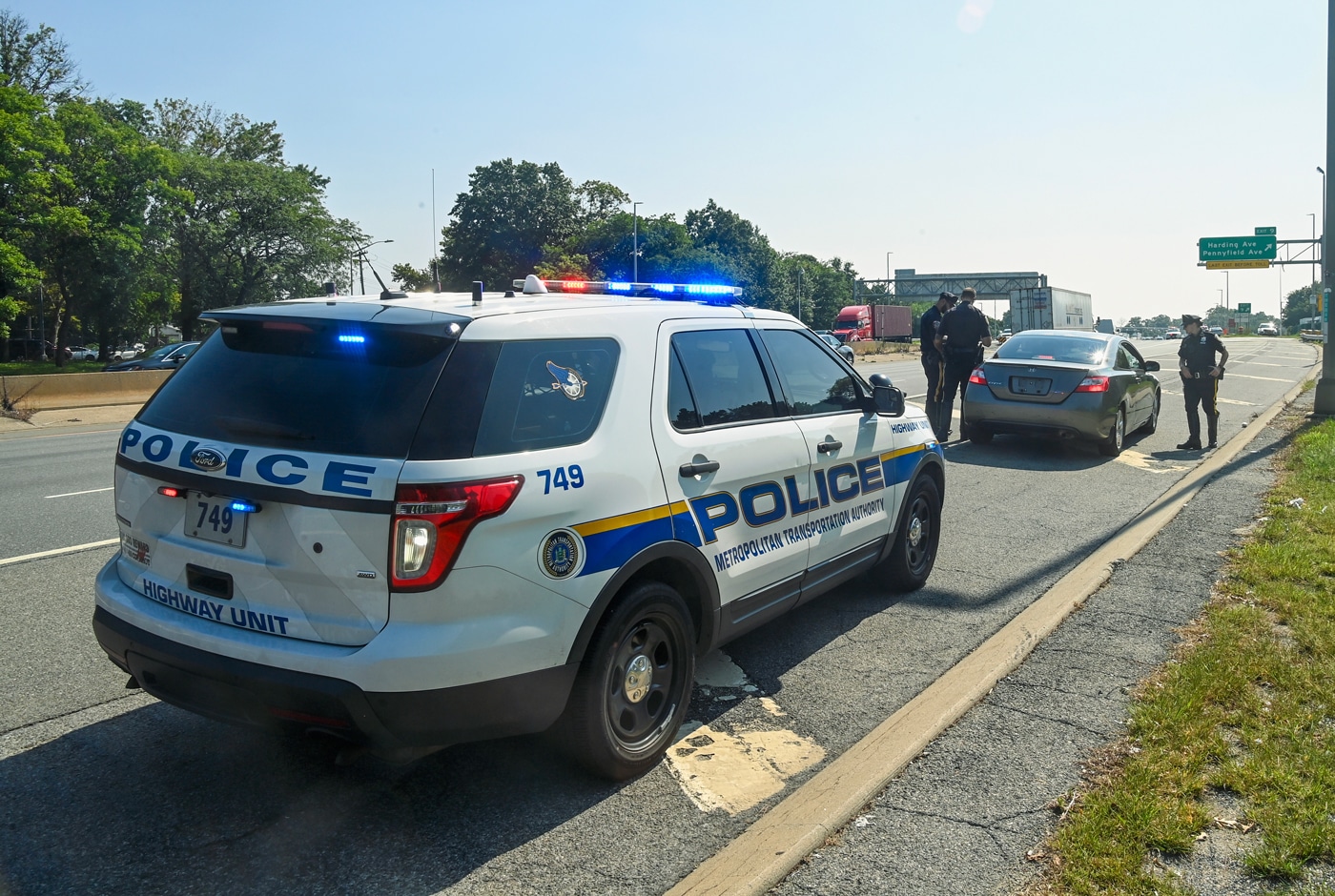
Tell your passengers to keep their hands visible. Simply resting their hands on their knees is a great way to show they are not a danger.
Inform the Officer You Are Carrying a Gun…Or Not?
“Do you have anything in the car that could hurt me?”
Personally, I have never liked the wording of this question that some officers use when asking if there is a firearm in your car. I’ve always preferred being specific. “Are there any firearms, weapons or drugs in the vehicle?” I would ask.
In many states, as well as my home state of Arizona, you are required by law to inform an officer, if asked, that you have a firearm and/or are carrying concealed. During a traffic stop, this rule applies also. This is often called a duty to inform.
CCW — License to Carry Concealed Required?
The laws regarding carrying firearms and concealed carry (on body or in your vehicle) vary depending on the state you are in. And it is your responsibility to know and abide by said laws.
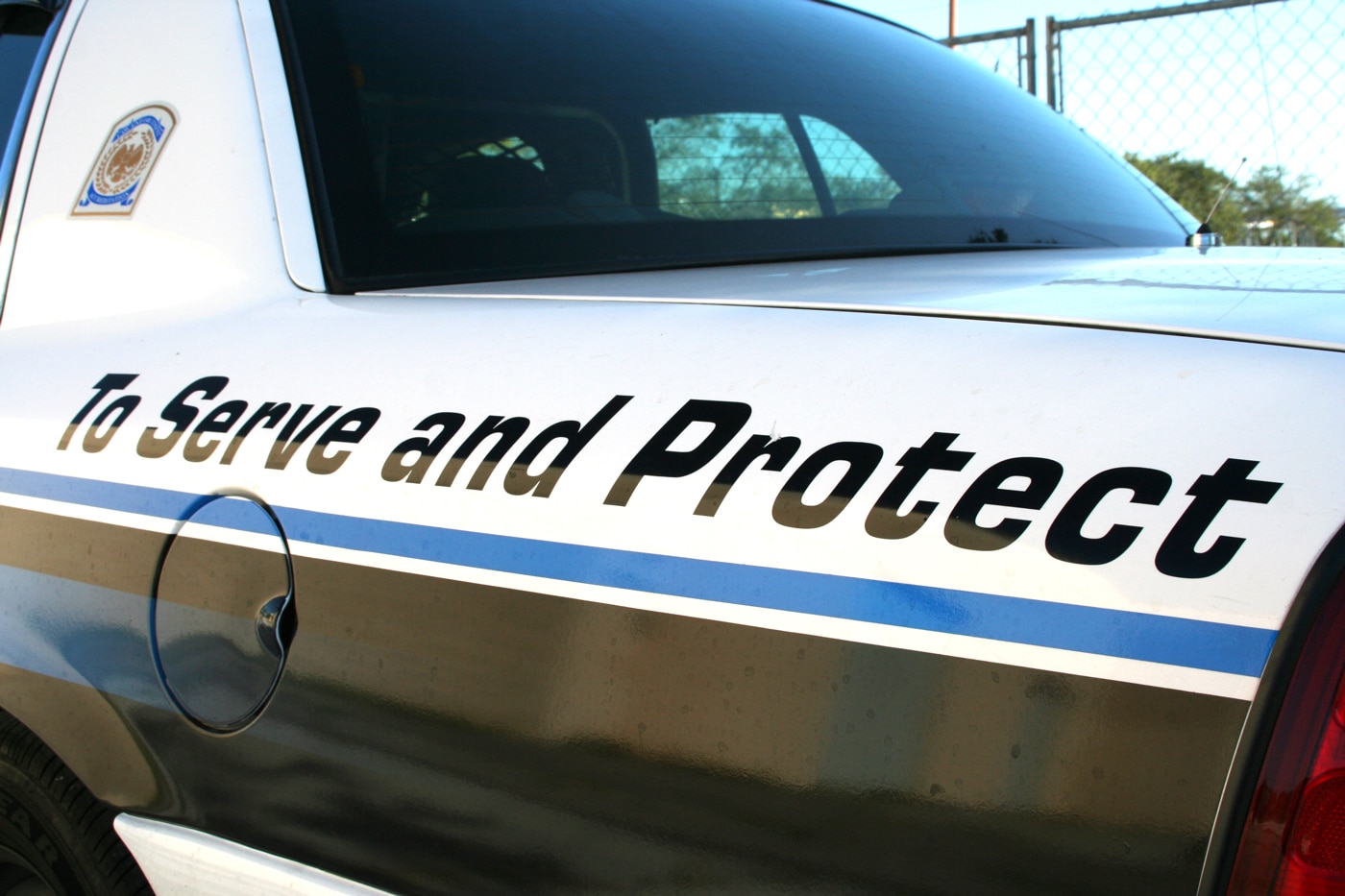
The most simple way to describe “concealed carry” of your firearm in your vehicle is — can a person look through the windows of your vehicle, without breaching the threshold of the windows, and see the weapon?
If a person cannot see the firearm, the firearm is concealed.
If a person can see the firearm, it is NOT considered concealed.
The great state of Arizona is not only an open-carry state, but has also legislated that a concealed carry permit is NOT required to carry concealed. Many people refer to this as Constitutional Carry.
So, if living in Arizona, by law, you would have to notify the officer of your concealed firearm, but you would not need to present a permit for the concealed firearm. The laws in Florida are likely different. Same for Maine, Kansas and Alaska.
The bottom line is to ALWAYS know the laws in your state or the state through which you are traveling. And do not trust an online forum for advice here. Seek qualified counsel from an attorney in your state.
Resist Instinct — Don’t Reach in the Glovebox
If you are asked for identification, calmly explain where it is and then ask if you can get it / reach for it. Likewise if asked if there is a gun in the car, tell the officer exactly where it is. Do NOT reach for your gun unless told otherwise.
Ask first — or wait for direction from the officer. Until the officer knows you are moving, just keep your hands on the wheel.
There are often well-meaning armed citizens who immediately start reaching for their handgun (trying to be helpful) to show the location of their legally owned and possessed firearm. I highly discourage this action. To someone who does not know your intent, this may look like a hostile action. Likewise, suddenly reaching for your wallet or reaching into the glove box could be consistent with grabbing a concealed handgun.
I’ve spoken with a half dozen police officers in just the past week regarding this specific topic. I’ve asked, “Do you disarm occupants who have firearms or do you just ask them not to touch their firearms?” The response varied depending on the officer of course. Some disarm and some don’t. Regardless — Do NOT reach for or touch your firearm unless requested.
And even if it does not make sense to you, follow directives! If there is an issue during the stop that did not seem right or appropriate, contact that police officer’s agency after the stop is completed. Don’t argue on the side of the road.
Respecting Your Second Amendment Rights
In my decades of law enforcement experience, I have encountered very few police officers that do not agree with the right of law abiding citizens to bear arms. Most of us in law enforcement know that there are many responsible gun owners who exercise their Second Amendment rights, who are also pro-police, and will assist law enforcement in a threatening or deadly encounter if the need exists.
There are several documented incidents in Arizona (as well as most other states) where this specific situation arose. For example, in 2017 a Good Samaritan assisted an Arizona State Trooper who was being savagely beaten. This armed and humble American hero, stepped in and shot the would-be cop killer.
Law Enforcement officers know that there are many such armed citizens who thwart crimes on a daily basis, even though these stories rarely make the 24-hour news cycle.
So from one retired LE Officer to law-abiding, gun-toting citizens:
- Freely and safely carry, relative to our federal gun laws, your state’s gun laws (and the laws of any state you are traveling through).
- Be courteous, helpful and honest if contacted by law enforcement during your journeys through this great republic.
- Consistently train — both with your firearm and in “what ifs” mental encounters.
My Own Experience
Many years ago, after a state-level USPSA match in Texas, some friends and I were driving back to Arizona in a caravan of two vehicles. While driving through one of many wide open, extremely long freeway stretches of Texas, I noticed a marked police vehicle on an overpass we were approaching. I looked down and also noted I was going about 11 miles over the posted speed limit on this wide open stretch of highway. I figured I was going to be paid a visit…
A few miles down the road the red and blue lights were suggesting that my friends and I pull over. The two-man police cruiser made the stop between our two vehicles, with each officer independently contacting each driver.
I followed my own advice and did the following:
- Remained seated
- Rolled down the driver’s side window
- Placed both hands visibly at top of steering wheel
- Waited patiently for the officer
Insurance, License and Registration, Please
The officer approached my vehicle and indicated why he had stopped me, requested my license and then asked if there were any guns in the vehicle. After asking to retrieve my license and handing it to him, I told him that, “Yes, there are several firearms.” He then stated that I would need to hand him these guns. I respectfully asked the officer, “All of them?” He hesitated, and asked how many guns were in the car. I explained that we had just finished shooting a multi-day shooting competition and between the four of us there were about eight firearms. He then said not to reach for any of them and proceeded with the stop.
Advice followed, continued:
- Was polite
- Asked before reaching for my license
- Disclosed the firearms in the car
- Did NOT reach for firearms
Every Stop Is Different
During the stop, I looked through the rear view mirror, and to my amazement, I watched my friends in the other vehicle hand their guns through the window to the other officer.
And even though each vehicle was handled differently in a similar situation, there were no escalations! We were all released and allowed to carry on with our trip, AFTER I was cited for driving 11 over.
Evidently everything except speeding tolerance is big in Texas.
Final Thoughts
The moral of this quick story is to reinforce always being respectful when contacted by law enforcement. But everyone already knows that, right?
And if something appears to be a strange request, again, be respectful, but ask for clarification so that you and the officer can work through a safe and calm contact. Then you and your travelers may continue on your way, as quickly as possible.
This article was updated on March 24, 2025.
Editor’s Note: Please be sure to check out The Armory Life Forum, where you can comment about our daily articles, as well as just talk guns and gear. Click the “Go To Forum Thread” link below to jump in!
Join the Discussion
Continue Reading
Did you enjoy this article?

 708
708





